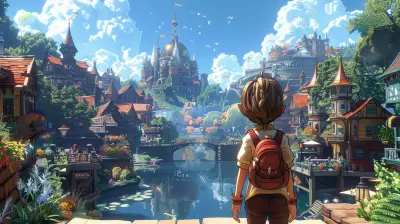World-Building in MMOs: How Developers Create Immersive Universes
11 October 2025
Imagine stepping into a digital world so alive, so rich with history, culture, and breathtaking landscapes, that you forget it’s all just code and pixels. That’s the magic of world-building in Massively Multiplayer Online games (MMOs), and it’s no small feat. Creating a truly immersive universe—one that players want to live in, not just play—is a craft that blends storytelling, design, psychology, and a whole lot of imagination.
In this article, we’re going deep into the minds of MMO developers and unraveling how they build these epic universes from the ground up. If you’ve ever wondered what makes you emotionally invest in a game world, grab a snack and get comfy—we’re diving in.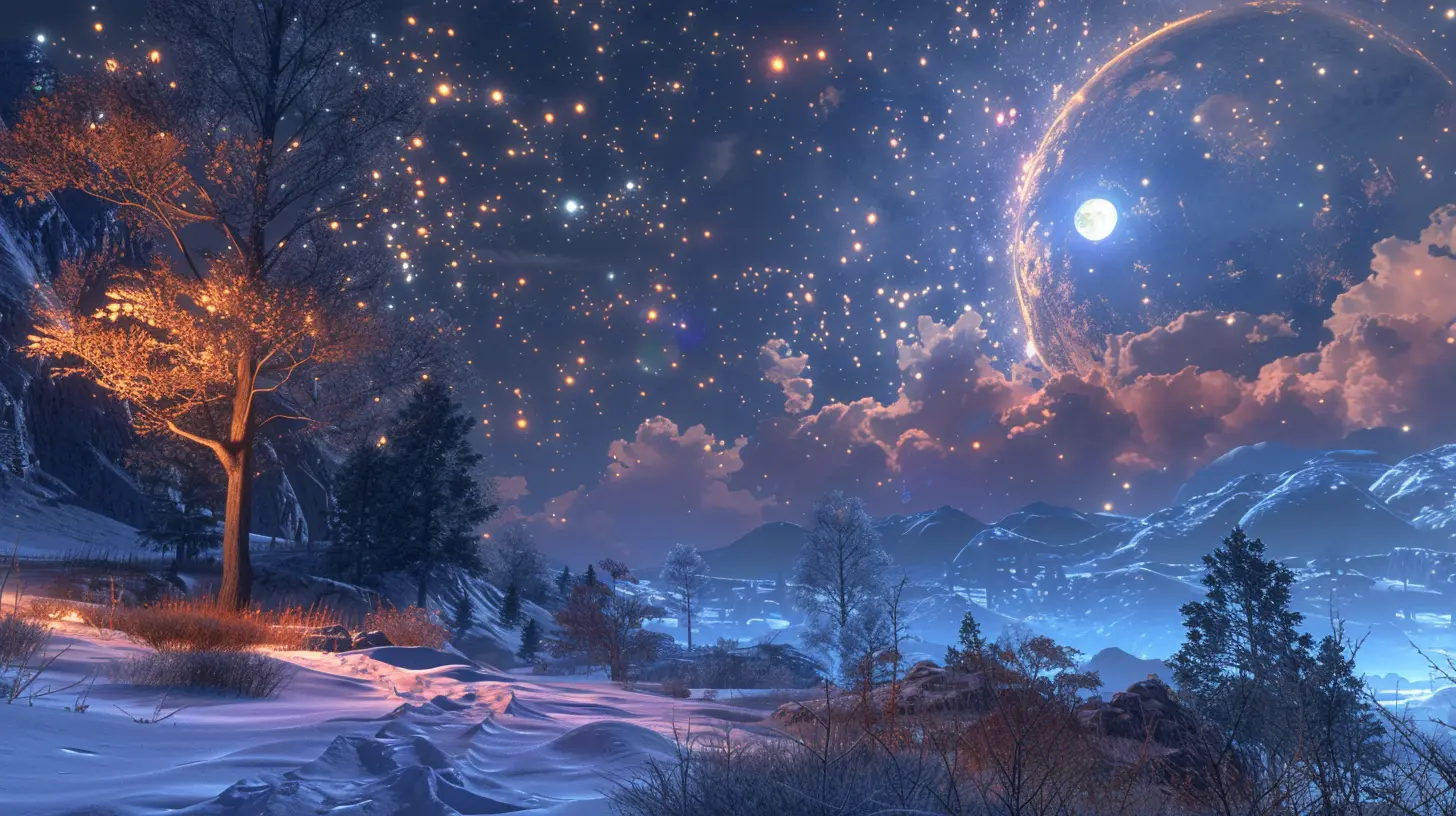
What Is World-Building, Really?
Let’s break it down. World-building is the process of constructing an imaginary universe, often complete with its own rules, geography, history, politics, cultures, and more. But in MMOs, it’s way more than that.Unlike single-player games, MMOs are living, breathing worlds where real players interact with each other in real time. So, the world needs to feel authentic—not just visually, but emotionally and socially. It’s like building a digital society from scratch.
Think of it like baking a cake. You’ve got the base (game mechanics), the layers (story, lore, design), the icing (graphics and audio), and the sprinkles (player interactions and events). All of it has to work together for it to taste good—err, play well.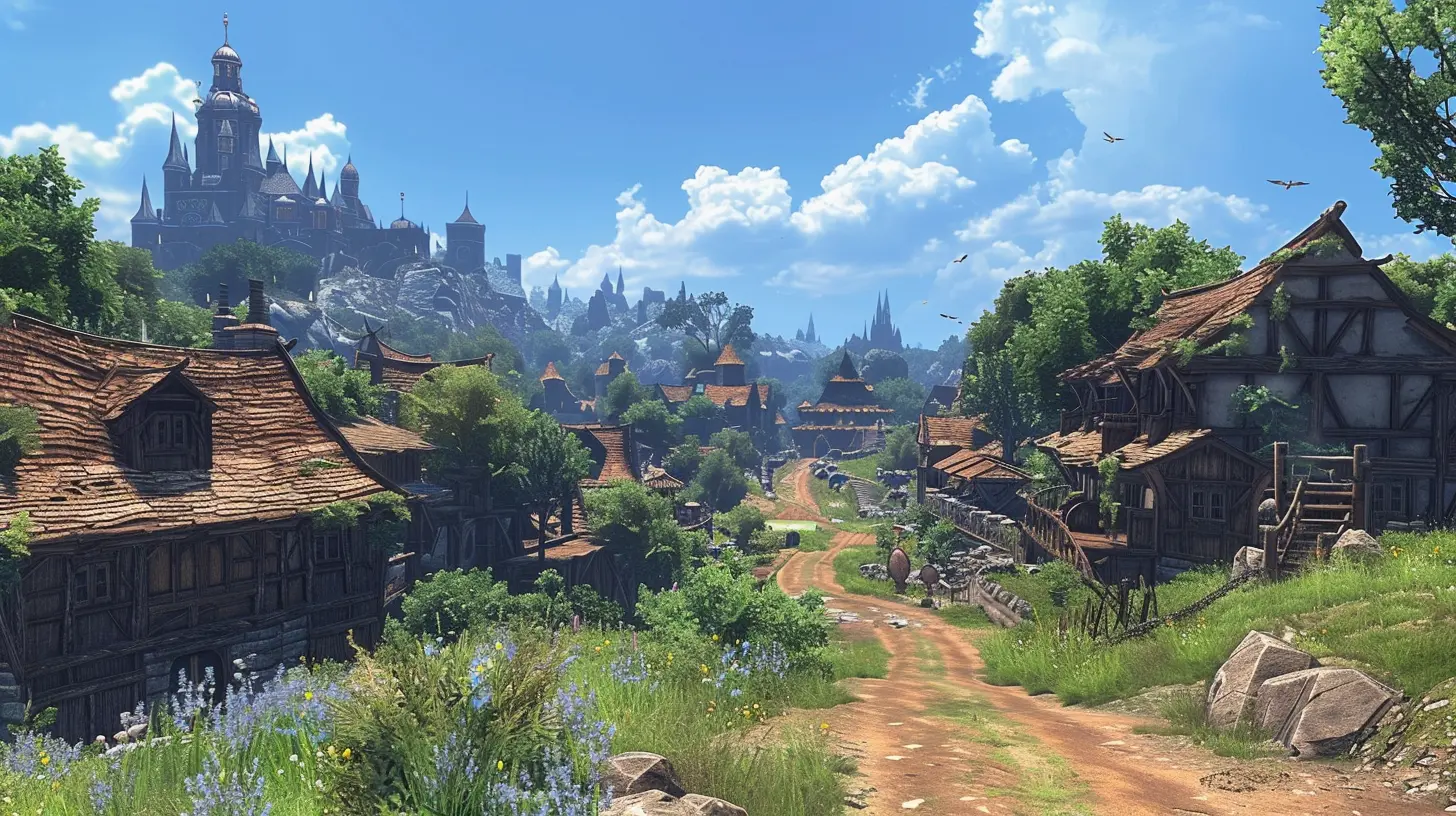
Immersion: The Holy Grail of MMOs
Ever logged into a game “just for 20 minutes,” only to find yourself still playing four hours later? That’s immersion doing its thing.World-building is the key to immersion. It’s what convinces your brain that the world you’re navigating is real. Developers aim to hit you with:
- Sights that make you gasp.
- Lore that pulls at your heartstrings.
- Characters that live and breathe like real people.
- Environments that feel lived-in.
But how do they actually pull this off? Let’s break down the magic trick.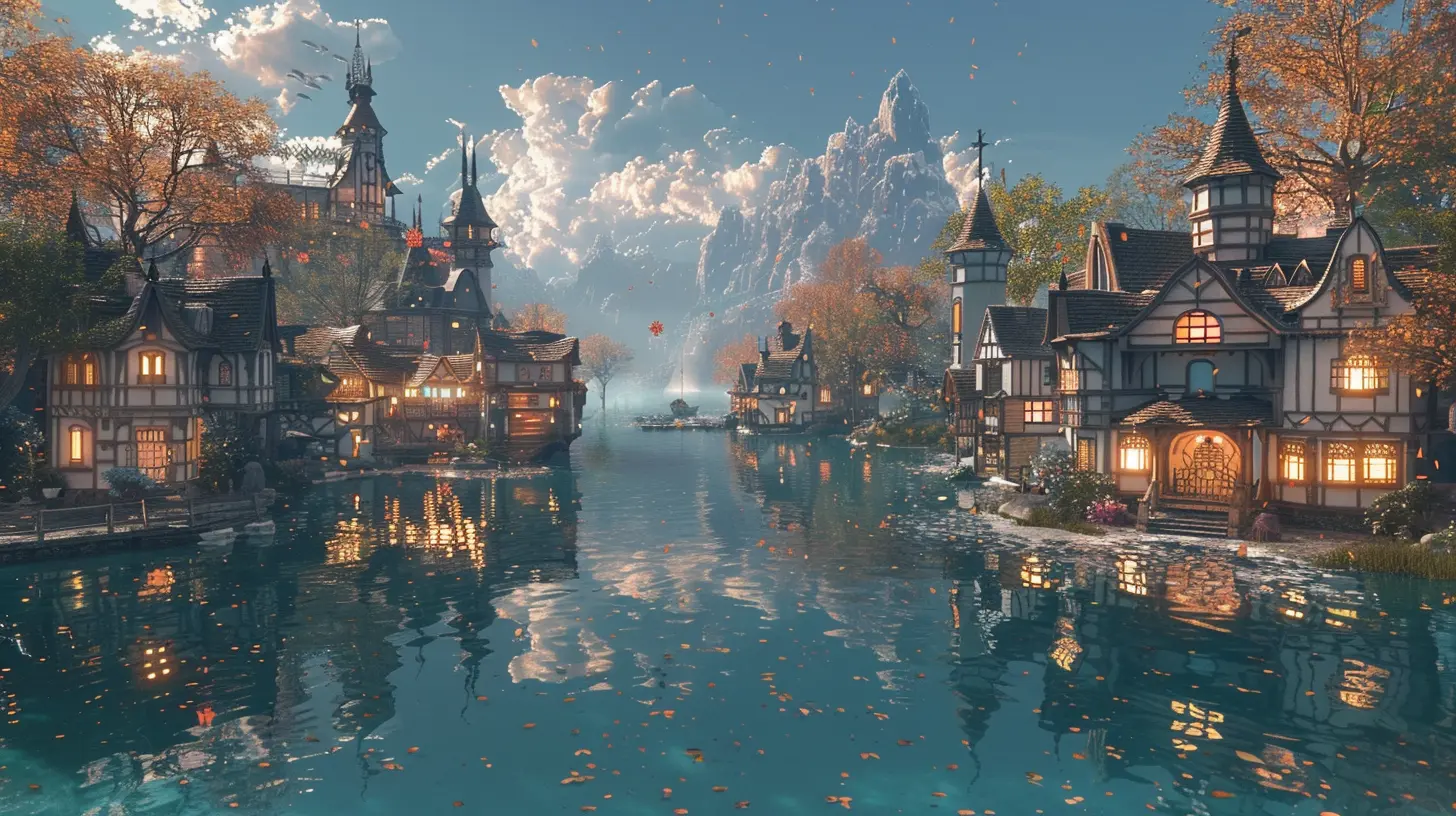
Visual Design: More Than Pretty Pixels
First impressions matter, right? The moment you step into an MMO world, the visual design tells you what kind of universe you’re in. Is it a gritty post-apocalyptic wasteland? A serene elven forest? A bustling steampunk city?Developers use color palettes, architecture styles, lighting, and even weather patterns to set the tone. Small details like worn-down buildings, NPCs sweeping the streets, or birds chirping at dawn add layers of realism.
And it’s not just about what you see, but what you feel. A misty morning in a haunted swamp isn’t just creepy—it’s the environment whispering to you, telling you this place has secrets.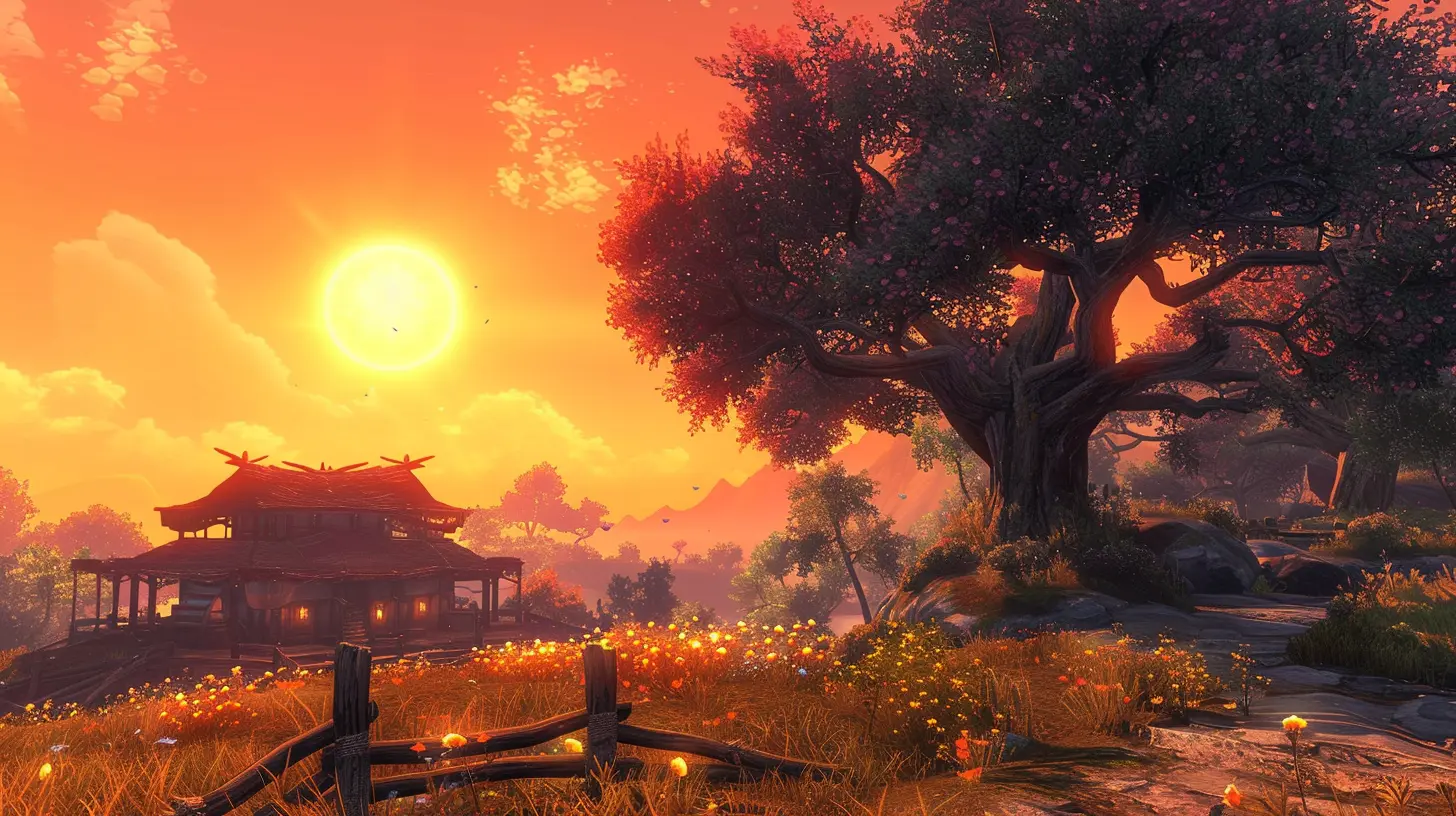
Lore & Storytelling: The Soul of the World
Every good MMO has a deep well of lore bubbling underneath its quests and bounties. It’s the backbone of the universe.We’re talking ancient wars, forgotten gods, legendary heroes, mysterious ruins. This backstory shapes the world’s politics, religions, economies—everything.
Great MMOs don’t just dump lore on you. They let you discover it:
- A journal found under an old tree.
- A rumor from a tavern keeper.
- A mural in a dungeon wall.
This kind of environmental storytelling invites you to piece it all together, making it personal and memorable.
Cultures, Factions, and NPCs: Giving the World a Pulse
You know what really brings a game world to life? Its people.Okay, not just the other players—but the NPCs (Non-Player Characters), towns, and factions that shape the social fabric. Every region in a well-built MMO has its own flavor. Maybe the dwarves are master engineers and eat nothing but mushrooms and mead. Maybe the desert people trade in wind and stories.
Developers write extensive background lore for each faction—how they greet each other, what they value, what they fear. These cultural distinctions give the world texture and make every encounter feel unique.
Heck, even the shopkeeper in a remote village might have a distinct accent and a tragic backstory. That’s not just detail for detail’s sake—it makes the world feel like it existed long before you arrived.
Geography and Environmental Diversity
Let’s talk terrain. A flat, repetitive landscape gets boring fast. But a world that takes you from frozen mountains to sizzling volcanoes, with everything in between? That’s how you keep players hooked.Geography in MMOs isn’t just eye-candy—it’s functional. Developers design the world’s layout to guide exploration, create tension, and even reflect lore. Like, maybe the cursed kingdom is always rainy because a wrathful goddess weeps for her lost son. Poetic, right?
Plus, different zones allow for diverse gameplay. You might need a frost-resistant mount for icy peaks or a boat to reach a swampy island. That’s not just immersive—it’s smart world-building.
Quests and Player Choice: Your Path, Your Story
What’s the point of a beautiful world if you’re just following a GPS arrow?Here’s where quests and choices come into play. Developers design branching quest lines, moral dilemmas, and player-driven story components that let you shape your experience.
Want to betray your king for the rebels? Go for it. Prefer to be a lone wolf? Do your thing. These choices ripple across the world, affecting how NPCs treat you, how factions respond, and sometimes even altering the physical world itself.
It’s like being handed the steering wheel to your own fantasy novel.
Sound and Music: The Invisible World-Builders
Okay, now close your eyes. Hear the rustle of leaves? The distant howl of a wolf? That chilling, ambient dungeon music?Sound is often the unsung hero of world-building. Music sets the emotional tone. A booming orchestral piece can make a simple mountain pass feel like an epic journey.
And ambient sounds? They tell you where you are and who you are. The clang of a blacksmith's hammer, kids playing in the background, or even just the wind picking up—those are the details your brain files under “realness.”
Live Events and Seasonal Changes: A World on the Move
You ever notice how real life has seasons, festivals, and moments of surprise? MMOs that nail world-building bring that same flow into the game.Events like in-game holidays, meteor showers, or surprise invasions give players a reason to return. They make the world feel alive. It’s not frozen in time—it’s constantly evolving.
Some MMOs even change based on player actions. Maybe you helped win a war, and now the faction controls a region. That dynamic shifting? Chef’s kiss.
Player Housing and Customization: Leaving Your Mark
A world feels more like home when you can add your own touch. Player housing, guild halls, and cosmetic design let you leave a literal mark on the game.It’s about ownership. When you’re decorating your own cabin in the woods, hosting guild events, or crafting a legendary weapon, you’re building a personal narrative within the larger world.
The best MMOs give you space to belong.
The Role of Community: Co-Creating the World
Here’s a twist—players also shape the world.The behavior of the player base, the economy, the meta, the culture inside the game—it’s all player-driven. Developers often set the stage, but players write the script.
Whether it’s a guild becoming famous for hosting peace talks or a rogue trader shaking up the economy, these stories become part of the game’s evolving world.
MMOs don’t just tell you a story—they let you tell your own.
The Challenges of World-Building
It’s not all rainbows and dragons. World-building in MMOs comes with its own set of headaches:- Consistency: Keeping lore and design cohesive across years of expansions is tough.
- Technical limits: There’s only so much data a server can handle.
- Player expectations: Everyone wants something different.
- Evolving gameplay: Changing mechanics sometimes clash with established world logic.
Developers need to balance all of this while keeping the world fresh, believable, and engaging.
Why It Matters
So, why go through all this effort?Because players don’t come back for fancy graphics or combat alone—they come back for the world. That feeling of belonging, of adventure, of escaping into a universe that makes sense and surprises you at the same time? That’s what MMO players crave.
Great world-building creates emotional investment. It turns players into citizens of your virtual realm.
Final Thoughts
World-building in MMOs is a beautiful balancing act—a dance between art, tech, storytelling, and community. When done right, it creates spaces where friendships are forged, stories are remembered, and memories are made.Next time you set foot in your favorite MMO, take a moment to really look around. That castle on the hill? The dusty village at the river’s edge? They’re not just pixels—they’re pieces of someone’s vision, brought to life so you can live in it.
And honestly? That’s kind of magical.
all images in this post were generated using AI tools
Category:
Massively Multiplayer OnlineAuthor:

Luke Baker
Discussion
rate this article
1 comments
Monica Torres
Engaging world-building enhances player experience, making MMOs truly immersive and unforgettable adventures.
October 20, 2025 at 4:13 AM

Luke Baker
Absolutely! Effective world-building is crucial in MMOs, as it draws players into rich narratives and environments, elevating their overall gaming experience.

